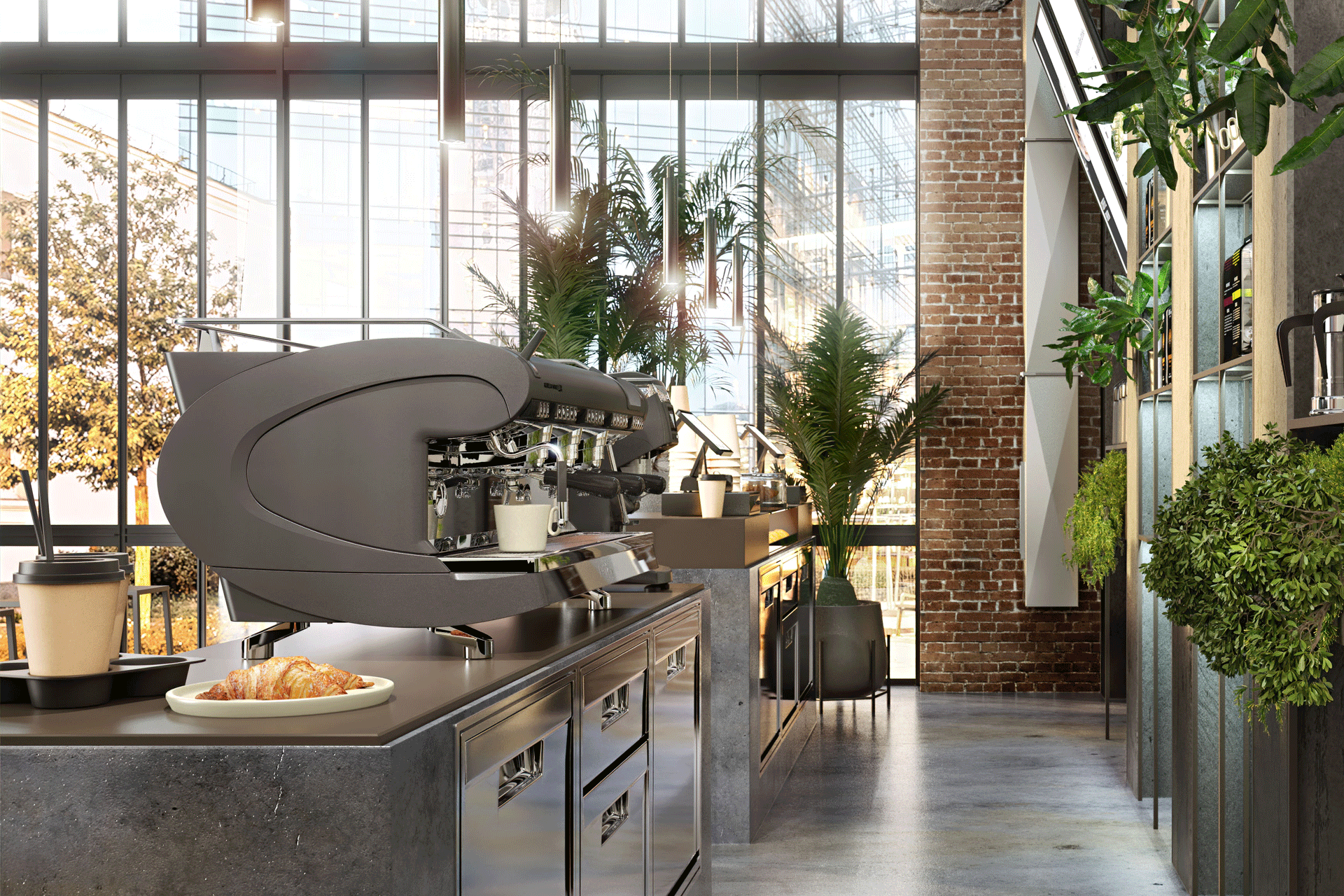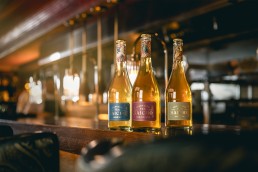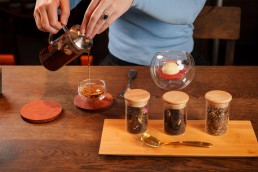Spotlight: Nuova Simonelli
Italian coffee stalwart Nuova Simonelli is adapting to meet the ever-changing needs of coffee shops and cafe chains with the launch of the Aurelia Wave UX, which is now available in ‘Titan Grey’. Designed to facilitate a fluid workflow and produce drinks of optimum quality, the coffee machine emphasises flexibility and productivity, using a variety of technical capacities to ensure consistency.
The Aurelia Wave UX incorporates new ITS (Independent Temperature Setting) technology that enables the user to control the temperature independently to allow for the simultaneous preparation of different drinks on the menu. The result of Nuova Simonelli’s development work focusing on extraction performance, improving ease-of-use and energy saving, ITS is based on single boiler technology. Nuova Simonelli engineers have added a thermostatic mixer that stabilises the water temperature in the boiler of every group with less installed power and maximum ease-of-use for the operator. Once the temperature is set across the group, the operator’s work is automated and the machine handles all the rest, maintaining a stable temperature right to the end of the preparation of every drink.
The machine can make several drinks at the same time – whether they be milk-based, coffee-based or infusions. Easycream technology froths milk automatically at the desired temperature, thanks to up to four different milk settings for the same number of recipes. This time-saving technical solution means that while Easycream is frothing the milk, the operator can grind and deal with the preparation of the coffee or infusion, cutting down on serving times.
Designed for venues with staff rotation, the machine is intuitive and simple to use in terms of navigation and programming. Thanks to a new motor design, components have been simplified, reducing the necessary maintenance. Environmentally it is pulling its weight, too: according to studies by LCA (Life Cycle Assessment) the new model produces 7% fewer CO2 emissions than the previous one.




